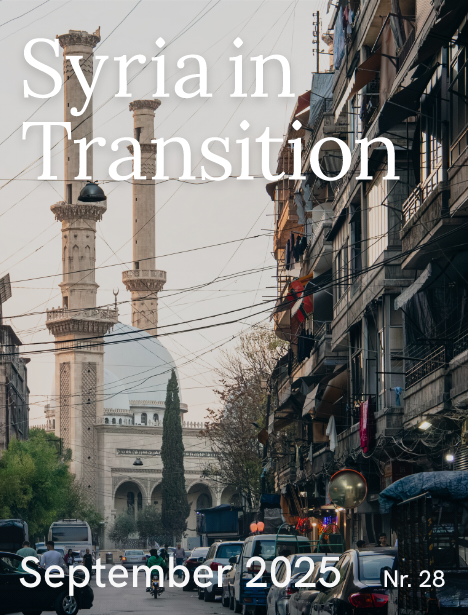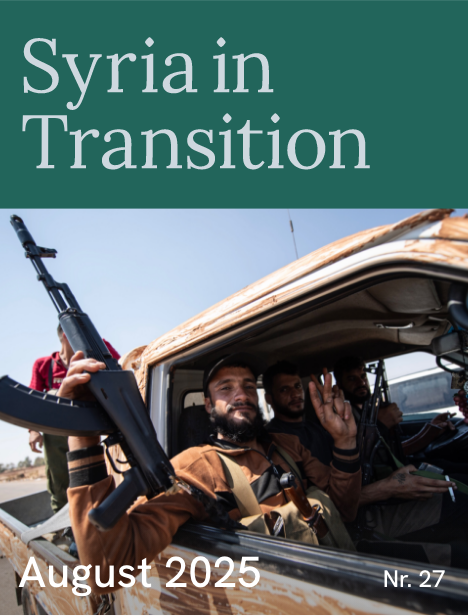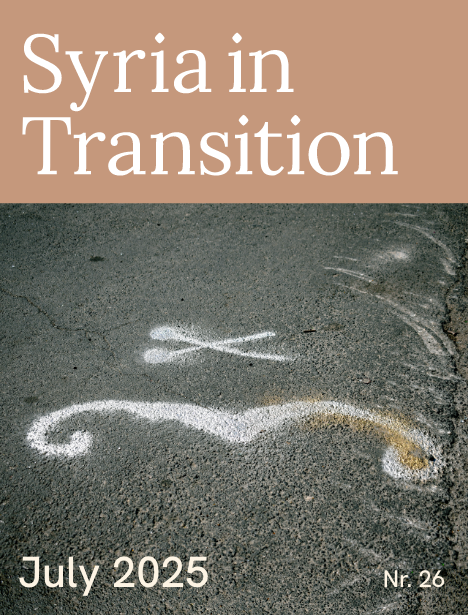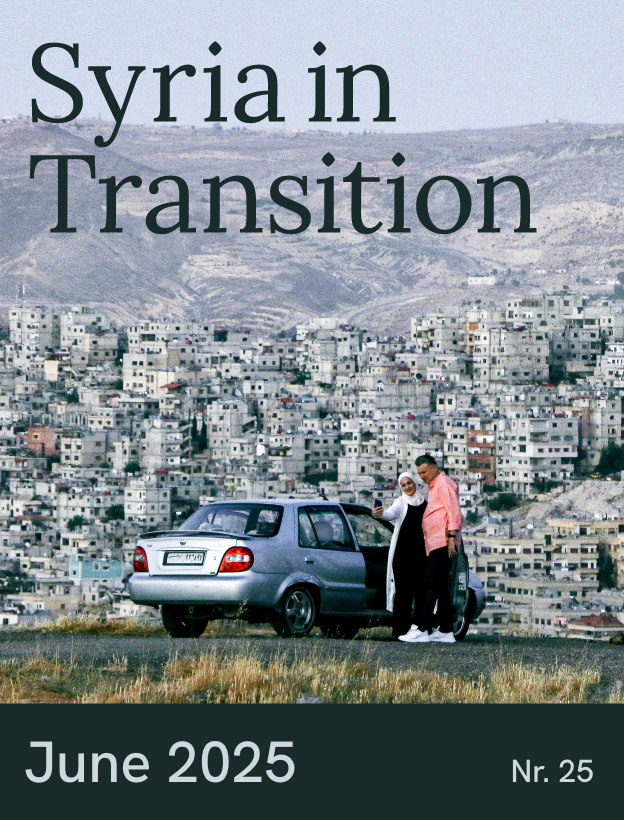Sednaya Prison: What lies behind the campaign of denial?
6. November 2025
For Syrians, the name ‘Sednaya Prison’ has long been synonymous with hell. For years, stories of torture, killing and systematic extermination circulated in hushed tones. The accounts are so grotesque they seemed almost too horrific to believe, like tales spun to terrify.
People whispered these stories in secret, until the veil was finally lifted as the number of detainees grew and survivors began to speak out. Many who had passed through Sednaya’s notorious “Red Wing” escaped abroad and began to tell their stories openly. What had once sounded like folklore of fear turned into a catalogue of horrific testimonies.
The real tragedy, however, is that human rights investigations and survivors’ accounts did not merely confirm those whispered tales; they revealed that the truth was far worse than anyone had imagined. As soon as these truths came to light, a parallel campaign to distort, discredit, and cast doubt on the testimonies began. Its aim was simple: deny the crimes, and thereby avoid accountability. The defunct Assad regime devoted immense effort to this strategy of denial, insisting that without “conclusive evidence”, every testimony was merely a fabrication.
The argument: the story told by a former inmate might be nothing more than a malicious fantasy.
The argument went something like this: the story told by a former inmate might be nothing more than a malicious fantasy aimed at tarnishing the reputation of an “ordinary military prison”. But investigations, both international and Syrian, have rendered such denials impossible. They revealed that Sednaya was not a site of mismanagement or isolated abuse. It was in fact a machinery of death, a system designed for both slow and swift extermination.
When Amnesty International released its 2017 report “The Human Slaughterhouse”, it was not engaging in metaphor. The organisation documented up to 13,000 executions by hanging or by disease during the first years of the uprising. These killings took place under cover of night, after mock trials lasting mere minutes. Sednaya was an execution chamber for those the regime considered a threat to its survival.
And the evidence did not stop there. In December 2024, the UN’s International, Impartial and Independent Mechanism (IIIM) published a report titled “The Syrian Government Detention System as a Tool of Violent Repression”. It compiled hundreds of testimonies and documents from across Syria’s network of prisons, confirming that torture and enforced disappearance were systematic and a core features of the state’s machinery of control.
Old doubts, new tricks
In the face of an overwhelming body of evidence and testimony, systematic efforts to discredit genuine accounts have once again emerged. As usual, the main aim is to strip survivors’ testimonies of their credibility. The method is old: if it can be proven that even a single detail in a testimony is false, it becomes easy to persuade the public that the entire story is an “exaggeration” or “a fabrication.”
What is different about this latest campaign is that it seeks to undermine the true narrative through deliberate exaggeration.
What is different about this latest campaign is that it seeks to undermine the true narrative through deliberate exaggeration — amplifying embellished claims as widely as possible, only to later prove it false. The stories have grown so outlandish they border on the absurd. Take for example the tale of the “human press,” which spread widely and was used in influential circles despite its sheer impossibility. Numerous former detainees and activists have testified across local and international media that there was no such device for crushing humans; it was simply a woodworking press that had existed in the prison.
Or consider the rumours of vast hidden dungeons beneath the prison. This was a claim that spread after the regime’s fall, when families realised that far fewer prisoners had survived than they had hoped. Desperate for answers, they clung to the myth that their missing loved ones might still be alive underground. Civil defence teams dug through walls and floors, but the result was heartbreak. There were no secret tunnels, no survivors, only silence.
Such fantastical stories obscure the truth rather than expose it. They make the reality of Sednaya harder to grasp and easier to dismiss. And in doing so, they threaten to blur not only the truth about Sednaya, but also the broader record of the regime’s crimes: the torture, the mass killings, the massacres that scarred every corner of Syria.
So the truth isn't lost
The stories now circulating on social media risk burying the truth within their folds. They cast doubt on all reports of human rights abuses — not only those linked to Sednaya Prison, but also the torture, killings, and assaults that took place in the security branches. In time, they may even lead people to question all the massacres committed by the former regime.
Denial and exaggeration serve the same end: the erosion of truth, the discrediting of survivors’ testimonies, and the lengthening of the road to justice.
Some might say that some of these accounts are merely attempts to curry favour with the new government by exaggerating the crimes of the old one. But such fabrications, however well-intentioned, are being instrumentalised by the ill-intentioned, and serve only to obstruct transitional justice and accountability efforts. The greatest beneficiary of this confusion is, of course, the old regime and its loyalists. Denial and exaggeration serve the same end: the erosion of truth, the discrediting of survivors’ testimonies, and the lengthening of the road to justice.
Perhaps the best way to keep the truth from disappearing is to criminalise deliberate misinformation, and to empower former detainees to safeguard the collective memory of former detainees. They should be directly involved in the process of transitional justice through both national and international mechanisms dedicated to documenting the factual narrative — a narrative that might, one day, be included in school curricula so that future generations never forget about what truly happened in Sednaya.





